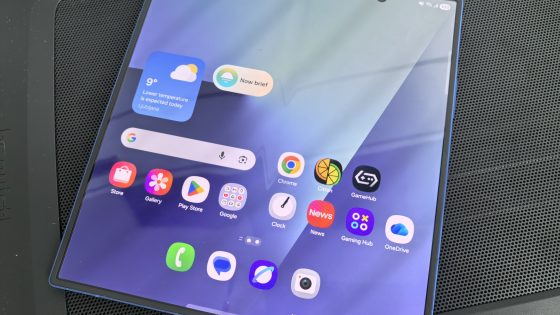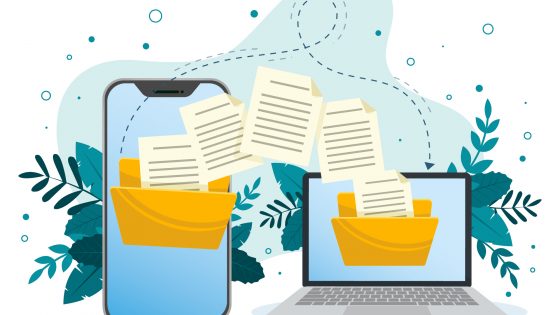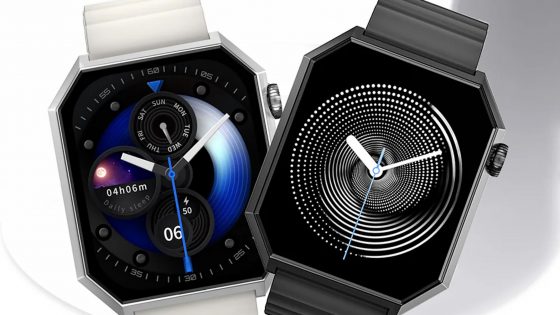E-readers or good old paper? Which is better for the environment?

We can blame it on the digital age or the time of quarantine due to covid, but the way we read has changed. We are increasingly consuming books digitally, with some of us using e-readers instead of buying printed books. This change in behavior could be considered better for the planet - after all, it's by not destroying any trees.
However, this is not the only reason to use e-readers. Did you know that approximately 26% of all waste on the planet is paper and cardboard. It is clear that we are not recycling enough, and far from as much as predicted by many responsible for this area. It is true that paper breaks down on its own, but it takes time, and the ink used to print it can be dangerous and harmful to the soil and water that flows through it.
On the other hand, the production of an electronic device means a larger carbon footprint according to many studies. In 2010, the New York Times announced that almost 15 kilograms of minerals and just under 300 liters of water are needed to produce a single e-reader, and of course the lifetime of the device is also limited.
Sustainable digital reading
Since 2010, a lot has probably changed in the way e-readers are manufactured. It would be difficult to say or assert with certainty that today production takes place in a completely sustainable way, but some manufacturers are trying to achieve more visible changes.
Amazon's 2022 Kindle was the first to use up to 75% of recycled plastic and up to 90% of recycled magnesium for its casing. A little later that year, Amazon also produced the Kindle Scribe with similar percentages, as the larger model of the e-reader consisted of 48% of recycled plastic and 100% of recycled aluminum.
Japanese-Canadian brand Kobo has taken sustainability a step further. The first device they released made from recycled materials was the Kobo Clara 2E – the E standing for eco-friendly. According to publicly available data from Kobo, the device’s body was made from 80% of recycled plastic, 10% of which was ocean-sourced plastic. The same was true for the models Kobo Ellipsa 2E. This year's models of their e-reader are definitely winners in the field of sustainable approach - Kobo Libra Color, Clara Color and Clara BW not only largely rely on the use of recycled plastic, the 100% packaging is also recycled. As an interesting point, we should add that for the pictures and text on the packaging, they used soy paint, which is biodegradable.
Like other electronic devices, e-readers have a limited lifespan - on average you'll use a Kindle or Kobo for 6-8 years, but in some cases you can exceed 10 years of use. Kobo is working hard to extend the life of its devices, with the 2024 models possibly becoming the most repairable e-readers available today.
To date, there hasn't been much research on which reading habits are more sustainable. There are a handful of studies and a 2021 paper published in the Journal of Library & Information Science Research that attempted to compare information to see if e-reading is more sustainable — the results were inconclusive. So, for the more environmentally conscious reader, which option should you choose?
Choosing one of the latest Kobo readers can be a good place to start, and despite some of the non-renewable materials used to make it, a 2009 report suggests that using the e-reader might be a greener option. At the time, it was estimated that over the lifetime of a single Kindle DX, the most popular e-reader at the time, around 168 kilograms of carbon dioxide were produced.
Although this is a high figure, the roughly 1,074 kilograms of CO2 produced if you bought just three printed books every month for four years is also a huge figure. Depending on how long the e-reader lasted, it could offset up to 26,000 kilograms of CO2 emissions over its lifetime. Even if you're not a regular reader, an e-reader can still have a lower carbon footprint than paper books.
But there are other reading habits you can develop that make “digital reading” a more environmentally friendly choice than buying physical books. For starters, borrowing e-books and digital magazines from the library instead of buying new ones in print not only means less paper is used, but it also saves you money on buying new books – digital or otherwise. So it’s a “win-win” situation.
If you're someone who prefers to buy rather than borrow, an e-reader becomes a greener option if you read more than five 360-page books a year. If you don't read that much, then buying used print books is a better alternative.
Regardless of which reading format you choose, the most important thing is to dispose of your books or device wisely.






























